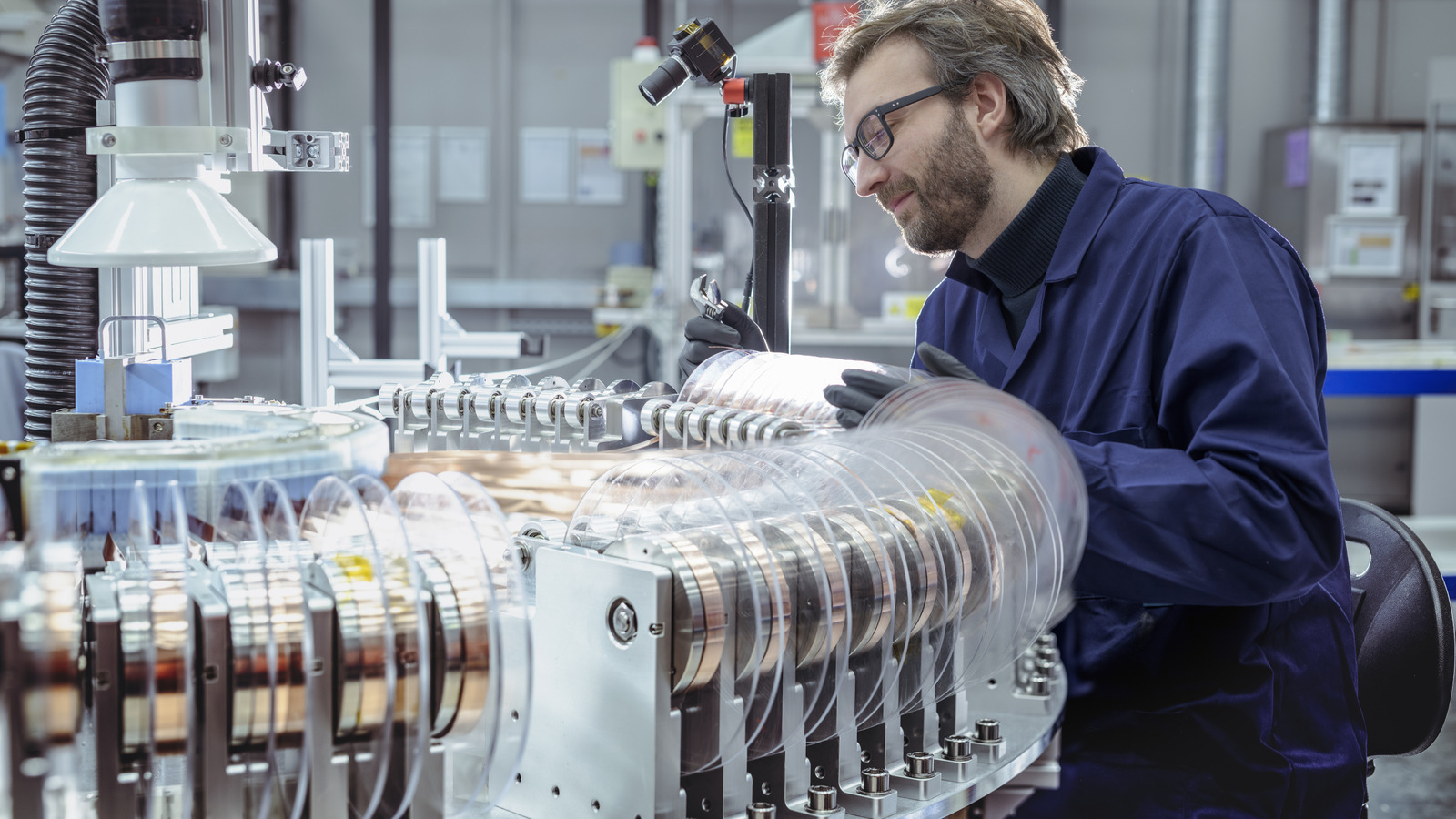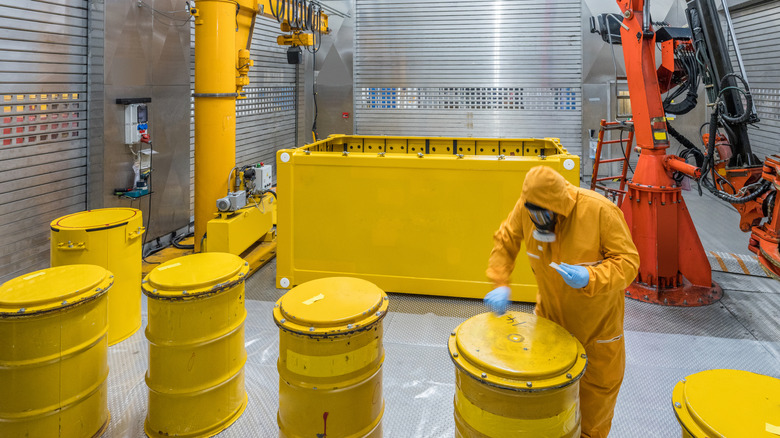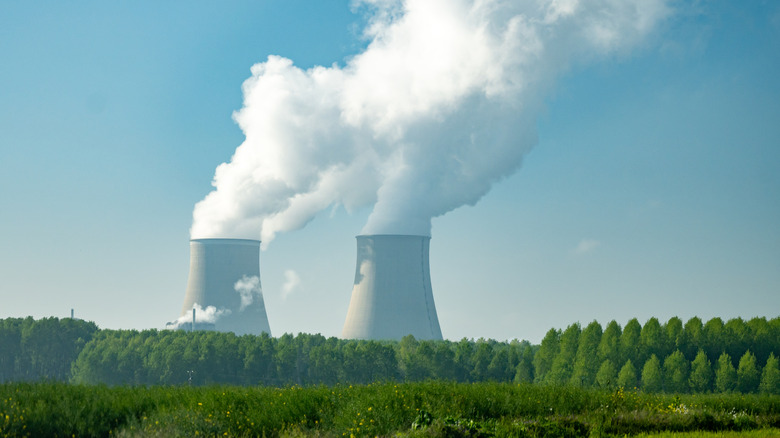United States Energy Secretary Chris Wright recently spoke to Bloomberg Tech about an ambitious project. The United States wants to have next-generation nuclear reactors before July 4th, 2026. It is an interesting date to set, as it coincides with the U.S.’s Independence Day. This push for innovation would indeed mark a sort of independence from reliance on Russia for nuclear power, and would have a ripple effect on the affordability of electric power for the average American while moving investments to domestic companies.
Nuclear reactors are the key components of nuclear power plants, which provide usable electricity. There are 94 commercial reactors in the United States alone, and over 400 collectively around the world. Utilizing uranium for fuel, the nuclear reactors currently in the U.S. are classified as light-water reactors. This means they use water as a coolant and for neutron moderation. There are two main subtypes of light-water reactors: pressurized water reactors and boiling water reactors.
The next generation of nuclear reactors aims to break away from the traditional mold, becoming more efficient, safer, and sustainable. Research is being conducted to explore gas and molten salt as potential fuel and coolant options. There was even a student who built a fusion reactor at home in only four weeks. With banks pledging financial support and international interest on the rise, the future of nuclear reactors may look different very soon.
The U.S. government’s plans for nuclear reactors
Energy Secretary Chris Wright is hopeful that we will have multiple small modular reactors by the end of 2026. He believes that advancements in artificial intelligence (AI) and commercial fusion companies currently involved in space exploration will be the cornerstones that boost next-gen nuclear reactor innovation. For example, NASA is currently working on a nuclear propulsion reactor to advance space travel. Wright emphasized that the next-generation reactors will provide reliable and affordable energy for Americans, mitigate concerns about climate change, and reduce reliance on Russia.
During his interview with Bloomberg Tech, Wright stated, “In Europe, they’re very, of course, shocked at what happened with the Russian invasion of Ukraine and their energy dependence on Russia. Everybody gets that was a mistake. They want to switch that dependence from Russia onto the United States. We are bringing them assurances we can continue to ramp up natural gas exports into Europe as a safe, secure partner.”
Currently, Russia supplies about 20% of the uranium used by U.S. nuclear reactors. Wright wants the focus to turn to U.S.-sourced uranium. This focus has already had an impact across the stock market, with shares from organizations like Uranium Energy Corp. and Uranium Royalty Corp. rising. There is still, however, a lot of work needed before U.S. uranium mines are ready to provide the production required with ample backup reserves.
The future for next-gen nuclear reactors
New innovations are driving this next generation of nuclear reactors. Organizations like Kairos Power and Terrestrial Energy are working on molten salt reactors (MSRs), and the company X-energy is working on high-temperature gas reactors (HTGRs). The focus of these next-gen designs is safety, efficiency, sustainability, and cost control. Similar scientific research is also being done to improve nuclear fuel with the same goals of safe and renewable energy.
Aside from combating climate change and moving away from Russian reliance, the rise of AI and its data centers is also driving the need for improved nuclear reactors. Big tech is going all-in on nuclear energy, with companies that are heavily using AI helping to spearhead this innovation process, including Amazon, Microsoft, and Google. Since companies like these often come under public scrutiny regarding AI usage and its climate impact, it makes sense that they would want to be part of the solution.
The costs of next-generation nuclear reactor projects pose a significant concern. In 2024, multiple banks worldwide promised to provide financial support for these projects. Bank of America and Morgan Stanley vouched their support during New York Climate Week. If other hurdles can be overcome, such as establishing frameworks for nuclear waste management and addressing public safety concerns, then next year may mark the start of a new era in nuclear reactor technology.









